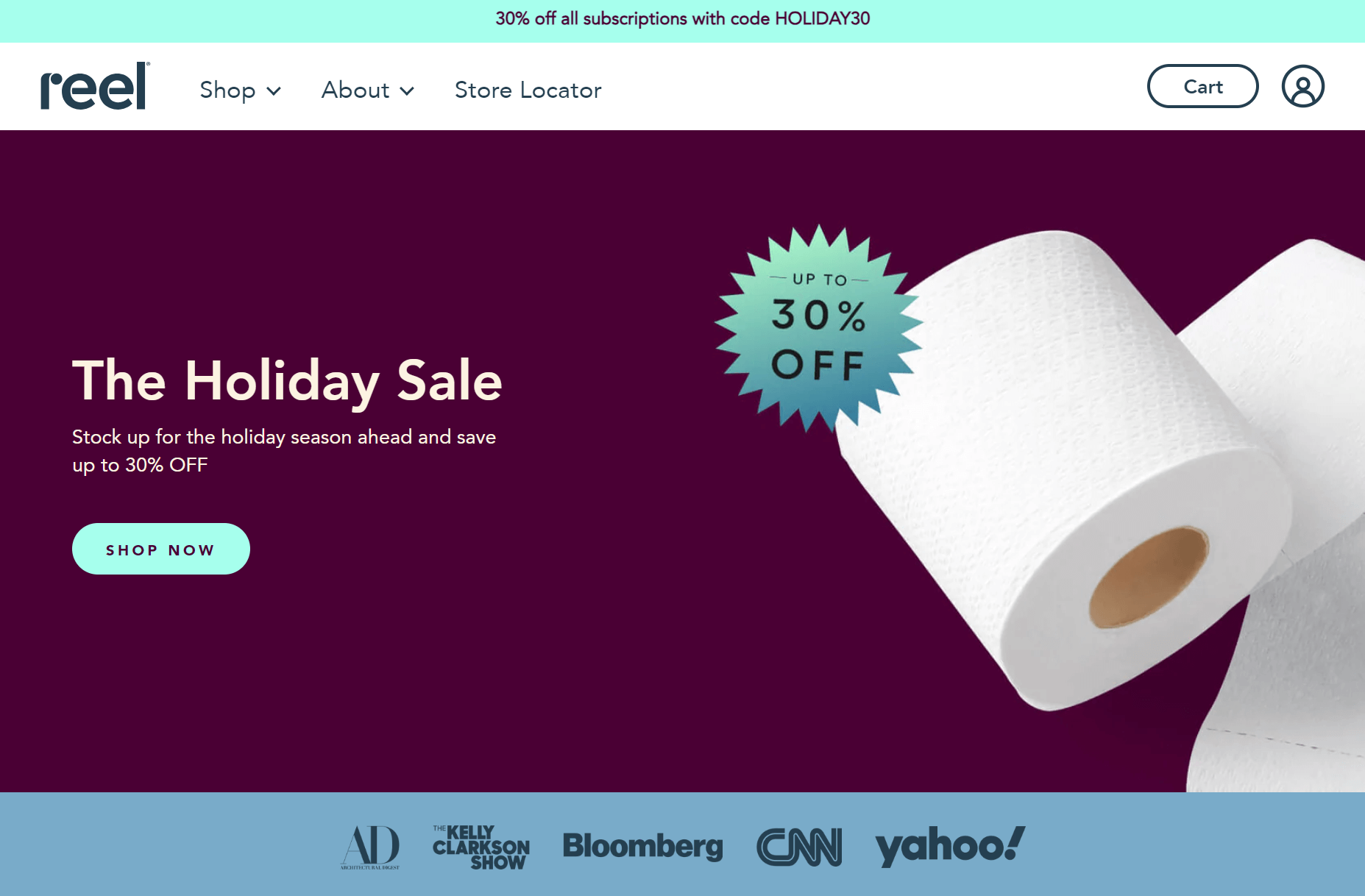Drive sales on autopilot with ecommerce-focused features
See FeaturesLaunching a subscription box business on Shopify offers the advantage of recurring revenue, leading to lower customer acquisition costs and higher customer lifetime value.
Selecting the right subscription app is crucial for managing your boxes effectively, with options like Recharge, Loop, and Seal providing essential features for growth.
High-quality product pages are vital for converting visitors into subscribers, emphasizing clear visuals, trust signals, and compelling content.
Implementing email marketing automations can significantly boost customer retention and revenue, making it a cornerstone of your subscription box strategy.
Starting a Shopify subscription box business is the best idea you’ll have all year, thanks to the magic of recurring revenue, which provides low customer acquisition costs, high customer lifetime value, and the financial stability your business needs to grow.
At this stage, you might have a fantastic subscription box idea, perhaps even an understanding of the Shopify platform and how it works.
But let’s take a step back, because you also need to build, package, ship, and market your boxes, not to mention retain customers, all of which need a strategy.
This article teaches you how to start a subscription box business with Shopify and provides real examples of successful stores to inspire your own.
Quick sign up | No credit card required
Did you know?
The real money in subscription boxes comes from keeping customers around, not constantly chasing new ones. Email automations, such as order follow-ups, cross-sells, and reminder emails, are crucial to achieving that. In fact, automations had 2,361% better conversion rates than email campaigns in 2024.
Find out more in our 2025 Ecommerce Marketing Report.
Why start a subscription box business on Shopify?
Recurring revenue is the bedrock of sustainable ecommerce, and that’s what you get selling subscription boxes. One sale can turn into revenue over months and potentially years, spreading any acquisition costs paper-thin.
That means more profits for you, and the slice you can take is impressive: Research And Markets estimates the subscription economy was worth $152.8 billion in 2025 and predicts it to grow to a staggering $340.9 billion by 2030.
Here’s why you should start a subscription box business:
- Recurring revenue you can count on
- Customers stay longer than one-time buyers
- Predictable inventory and cash flow
- Higher lifetime value per customer
- Built-in opportunities to upsell and test products
- Lower acquisition costs over time
Shopify is one of the best platforms to build your subscription box business because it handles ecommerce out of the box. Its number one feature is its app ecosystem, which lets you build a tech stack to develop and sell subscriptions and bundles, and market them all effortlessly.
For instance:
- Install Omnisend, and you can cover your customer journey across email confirmations, follow-ups, renewal reminders, and win-back campaigns
- Pick Loop as your subscription app, and you can build subscriptions, flexible bundles, and provide customer accounts for self-management
“A subscription box business is an extremely profitable ecommerce idea that makes sense as a Shopify build. Its pool of subscription and marketing apps is excellent, its plans have shipping discounts, and should you want to sell by phone or in-person, you can do that, too.” — Evaldas Mockus, VP of Marketing, Omnisend
How to start a subscription box business with Shopify
To launch your subscription box on Shopify, you first need an established niche, tech stack, and Shopify configuration that automates your shipping, inventory management, and marketing. We’ve broken down the steps for you:
1. Choose your niche
A niche you’re familiar with works great (perhaps you have previous experience as a buyer or seller), but it isn’t necessary to start your business. All you need is a niche with steady demand, and there are plenty to choose from:
- Pet supplies
- Meal kits
- Supplements
- Books
- Tea and coffee
- Snacks and specialty foods
- Craft and DIY supplies
- Plants and gardening
From these, you can offer curated boxes or let customers build their own.
Anything you can box, bundle, and sell on subscription is fair game, but it’s entirely up to you to pick winning products and price your boxes so they’re profitable. Some niches have greater pricing power, such as pet supplies and supplements.
Also, consider potential return rates with any niches. Books and craft supplies won’t see high return rates, but if there’s a bad batch of coffee or supplements, that will disrupt your flow. It’s safer to start with low-risk niches.
2. Select a subscription app
If you’re wondering how to create a subscription box on Shopify, the first thing to know is that Shopify doesn’t natively handle subscription boxes. You need an app to package, bundle, manage, and market your subscription boxes.
Shopify offers hundreds of subscription apps, many of which are rated 4.5/5 or higher.
The best subscription apps will integrate with your email marketing tool, letting you send targeted campaigns and trigger automated email flows based on customer activity. Check out the three apps below, which all integrate with Omnisend:
- Recharge: The best subscription box app for Shopify for dynamic bundles, tiered discounts, retention tools, and customer portals
- Loop: Has a higher rating than Recharge (5/5 vs 4.8/5) with build-a-box options if you want customers to build their own boxes
- Seal: Perfect for selling subscription boxes with loyalty incentives, free gifts, magic links, custom shipping, and discounts
Check the App Store for more, and review each of their features and pricing. Some apps charge a standard monthly fee, some only charge transaction fees per order, and others ask for both a monthly payment and transaction fees.
3. Set up product pages
Your product pages need to present your subscription boxes beautifully, answer all the right questions, and convince customers to purchase there and then.
Three factors primarily determine the quality of your product pages:
- Your theme, which you can purchase via the Shopify Theme Store or through a third-party, such as ThemeForest. Free themes are available, but you might miss out on premium features like one-click demo imports and built-in countdown timers. For example, the Root theme has gorgeous product pages:
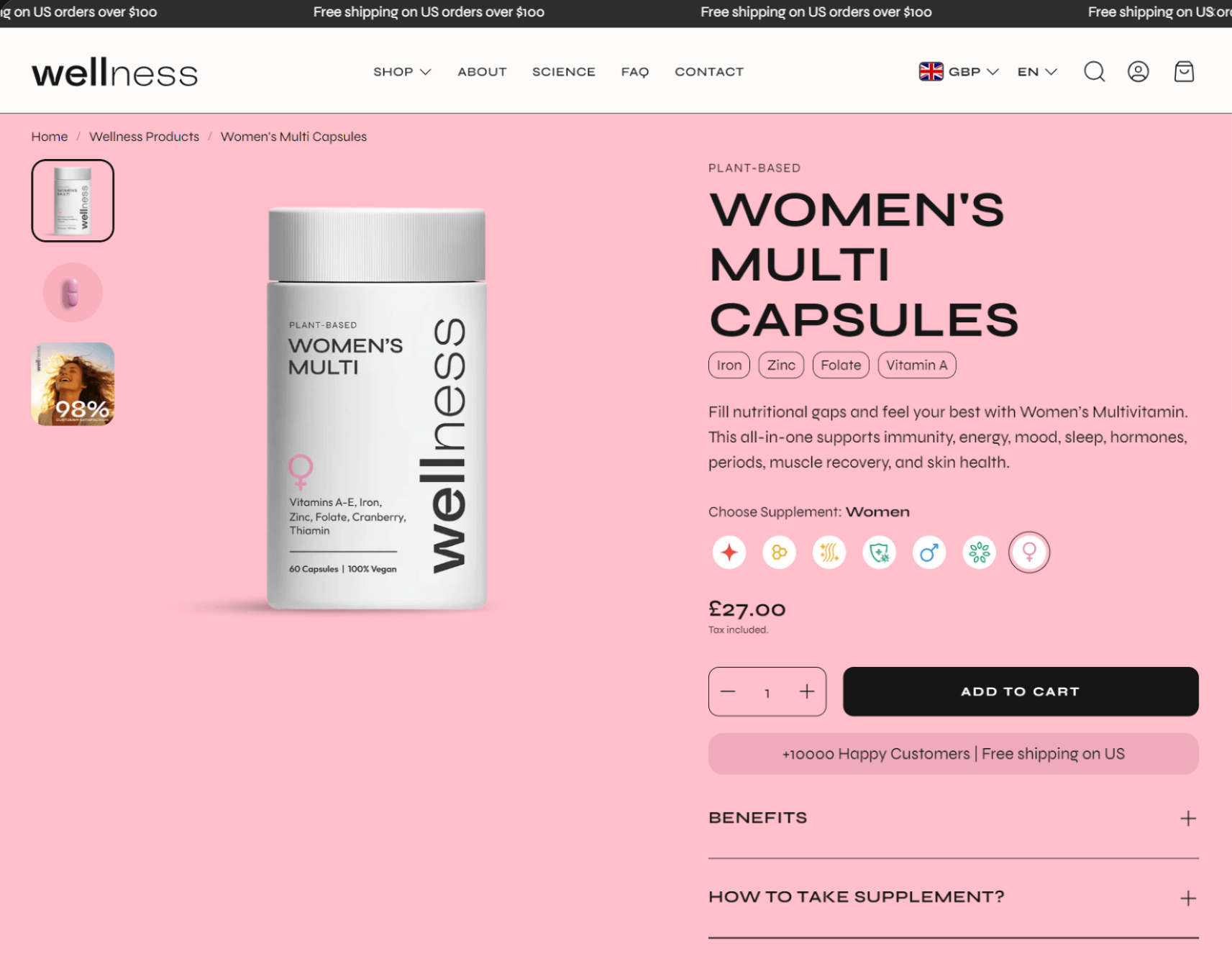
- The content, including photos, videos, and user-generated content (UGC). Plus, of course, the written word across headings, text boxes, and downloadable PDFs.
- Page layout, such as placing trust badges and refund information directly underneath your “BUY NOW” CTA button, letting customers build their own boxes on the product page instead of in an external app, and showing social proof above the fold.
Here’s what to always include on product pages:
- Payment options
- Trust badges
- Shipping information
- Warranty information
- Returns and exchange information
- Social proof
- Real-life images (not stock photos)
Tick all those boxes and your Shopify subscription box business will get off to the best start.
4. Configure shipping, packaging, and fulfillment
Your subscription box can be plain or branded. A custom box feels exclusive and increases the quality perception of your brand, but a plain box can be marketed as eco-friendly and reusable (for the customer), so either can work.
For shipping options, log in to Shopify, then head to Settings > Shipping and delivery. From there, you can manage shipping locations, preferred carriers, calculate rates, and set up pickup points and pickup in store (if you want to offer them):
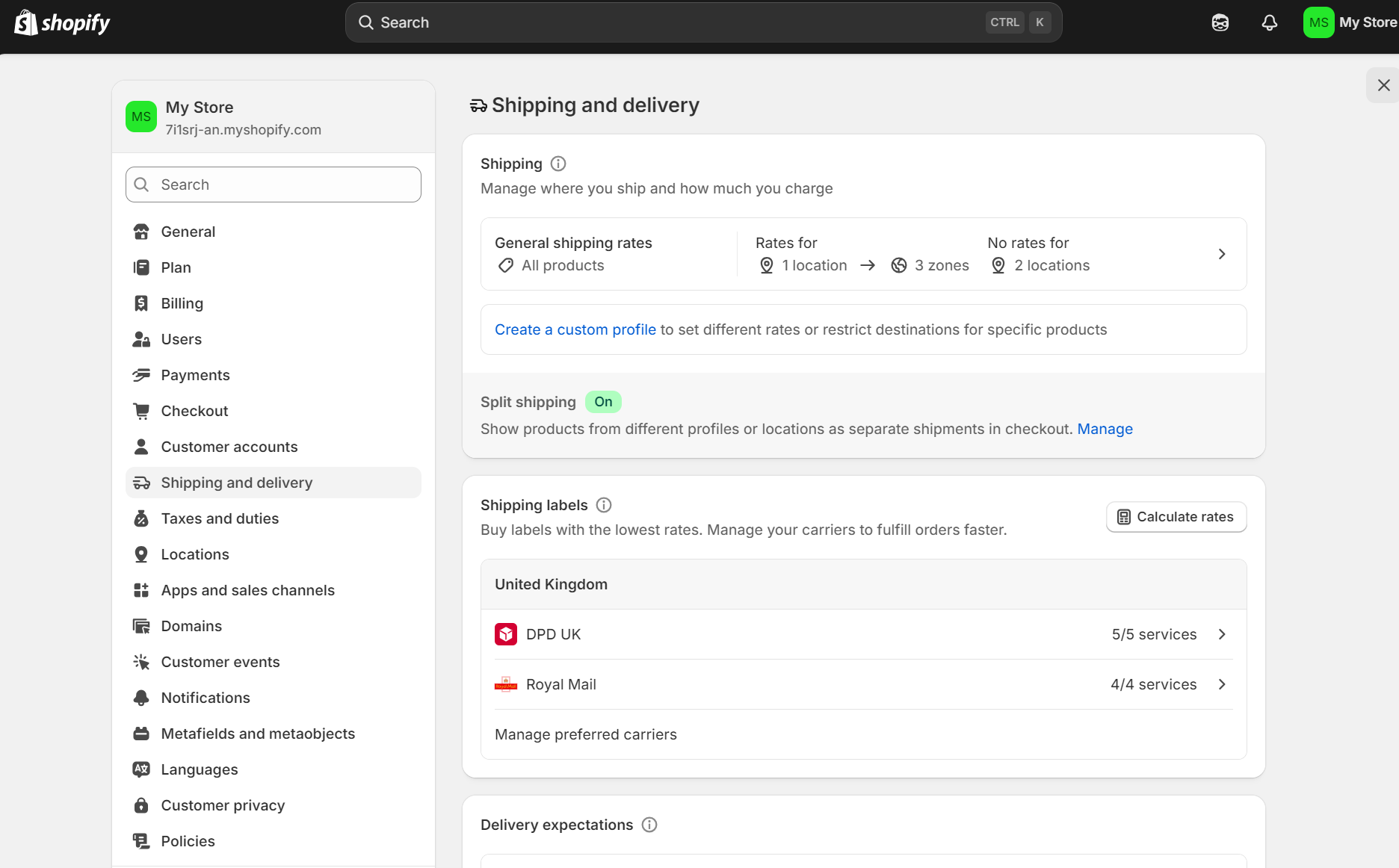
An app worth considering to improve your shipping capabilities is Packlink PRO, which offers unique shipping rates and lets you compare them in real-time.
Either approach can provide flat or variable shipping rates, though flat-rate shipping is often the best approach to simplify the process for you and your customers.
How you fulfill orders depends on your ecommerce model. You might:
- Pack and label your subscription boxes, then take them to the depot or have a courier (such as USPS) collect them
- If your margins allow it, use a fulfillment center to store your product in their warehouse and handle everything from picking and packing to shipment
- Take a hybrid approach, scaling to complete automated fulfillment later once you have enough sales to justify it
The choice is yours.
5. Market your subscription box business
You can build your Shopify store and hope people find you. They will — eventually. But without a clear marketing strategy that gets your subscription boxes in front of the right audience, growth will be slow, and profits even slower.
The first thing you should do is install an email marketing app, such as Omnisend, so that you can build your subscriber list with forms and popups on landing pages, recover abandoned carts and checkouts, and increase the professionalism of your confirmation emails:
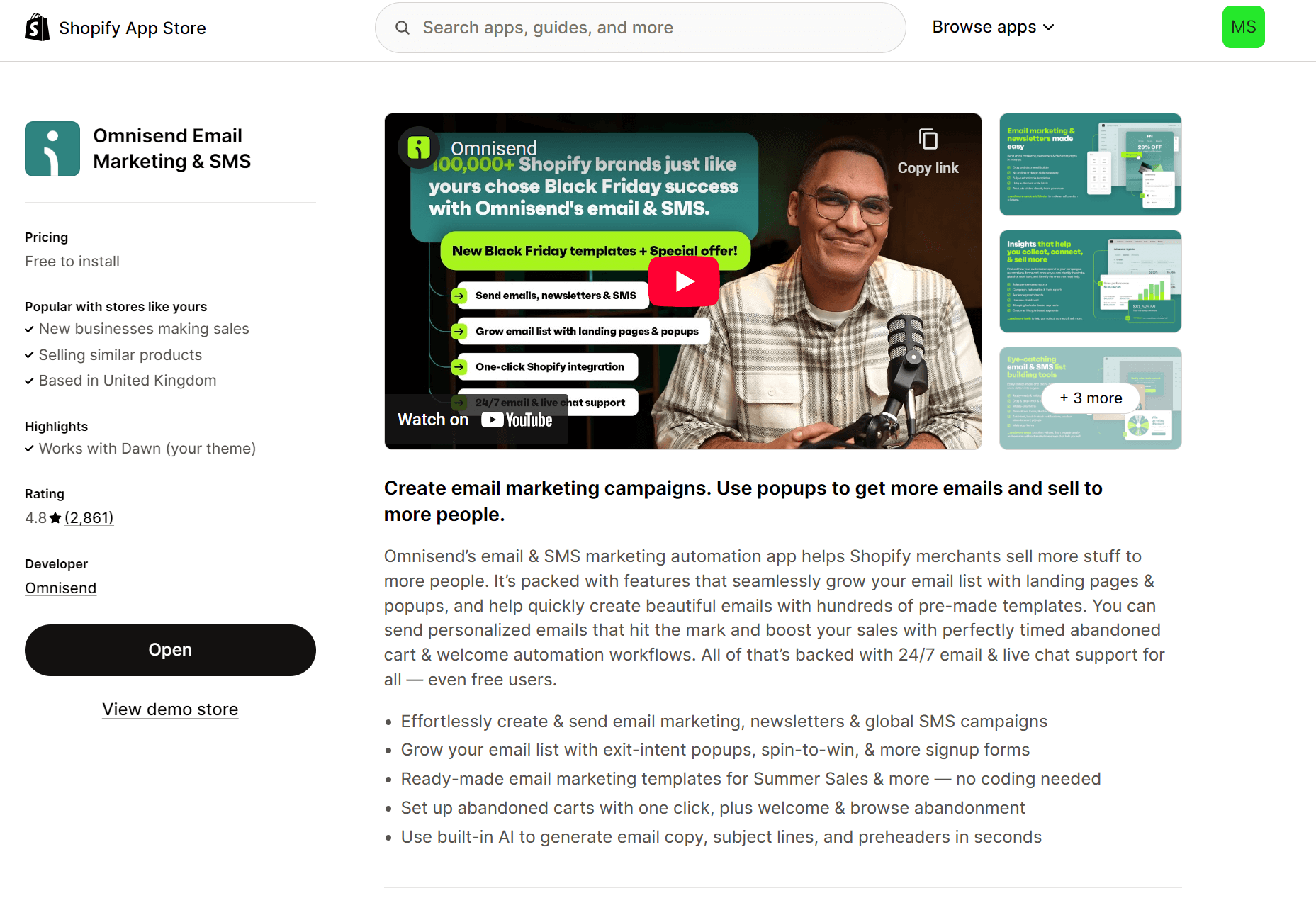
Shopify handles order notifications as standard, but these emails aren’t suitable for your highly branded subscription box business. Plus, Shopify won’t let you build campaigns or automations without apps anyway, so a third-party app is the best approach.
Once you have an email marketing app, you can cover your customer journey with timely emails that nurture them and contribute to revenue growth.
One brand that did just that is Dukier:
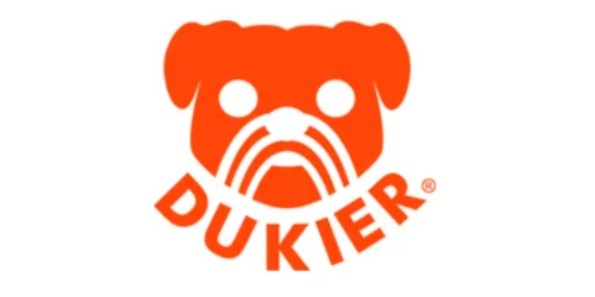 | Dukier installed Omnisend and increased its email revenue by 525% in three years by using localized automations and segmentation across five European markets, with automations alone generating 55% of revenue. Read the Omnisend customer success story: Dukier. |
Remember that with email marketing, you own your list. There are no algorithms that can destroy your search rankings, nor are there any companies outbidding you on ad platforms.
You should pursue a multi-channel strategy with additional marketing apps, but email should be the cornerstone of your growth and retention efforts.
Best niches for Shopify subscription boxes
Consider these niches for your subscription box Shopify business:
- Beauty & skincare boxes: high margins on sample sizes with brands actively seeking distribution partnerships, and lightweight shipping keeps costs down
- Pet product boxes: owners already spend monthly on treats and toys, so you’re capturing existing habits and convenience
- Snack boxes: there’s a plentiful variety at low prices from international suppliers, plus your products require zero R&D
- Book boxes: loyal reader communities form around genres, and many publishers offer wholesale pricing and advance copies
- Fitness & wellness boxes: high-margin supplements with gear tied to monthly goals
- Coffee or tea boxes: people already buy these regularly, and you can target small batch production to justify premium prices
6 successful Shopify subscription box store examples
Our Shopify subscription box setup guide wouldn’t be complete without some real-world examples. Check out these successful businesses to inspire your own:
1. Birchbox
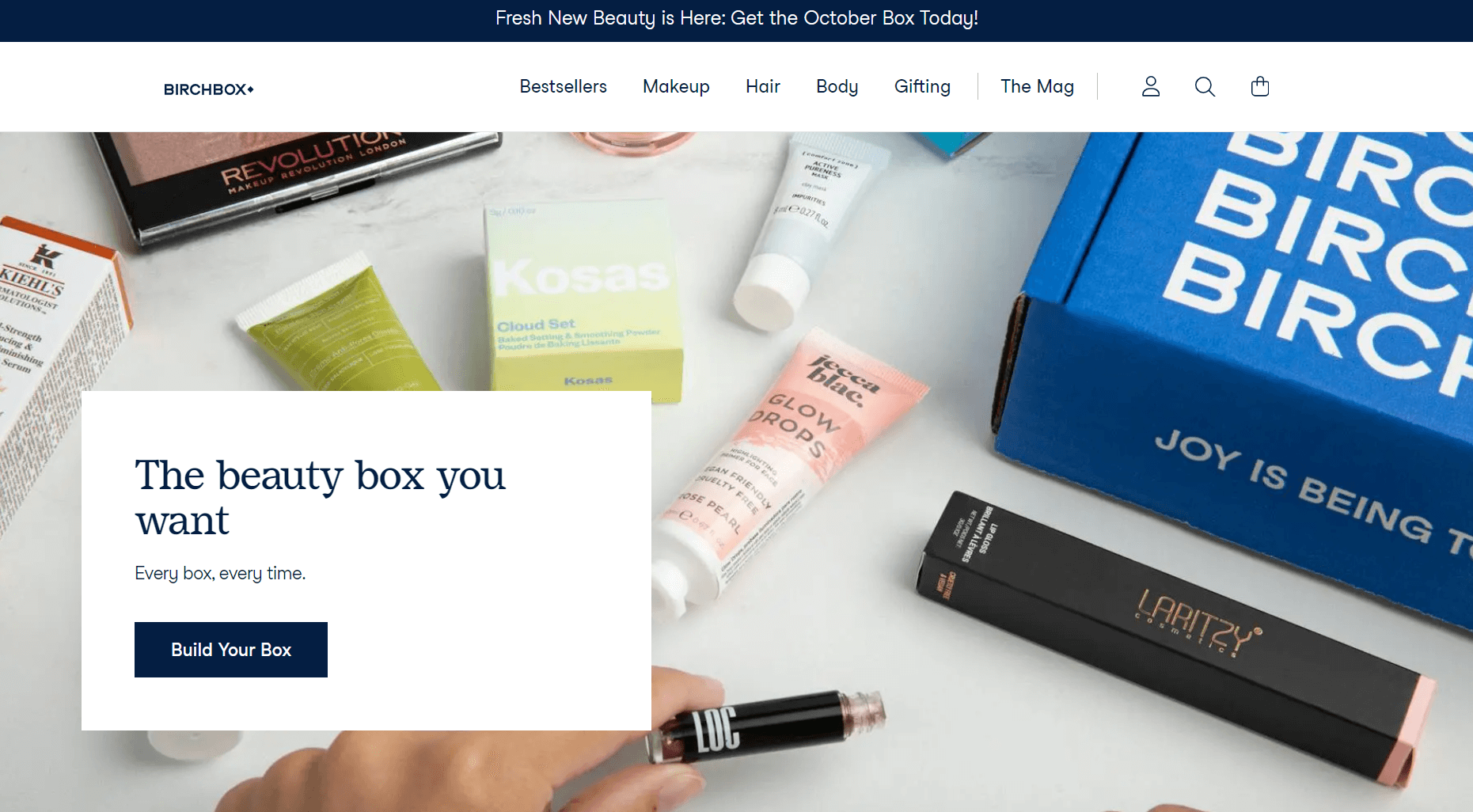
Birchbox sells monthly subscription boxes containing five to six beauty products, letting its customers build their own boxes with a box builder app:
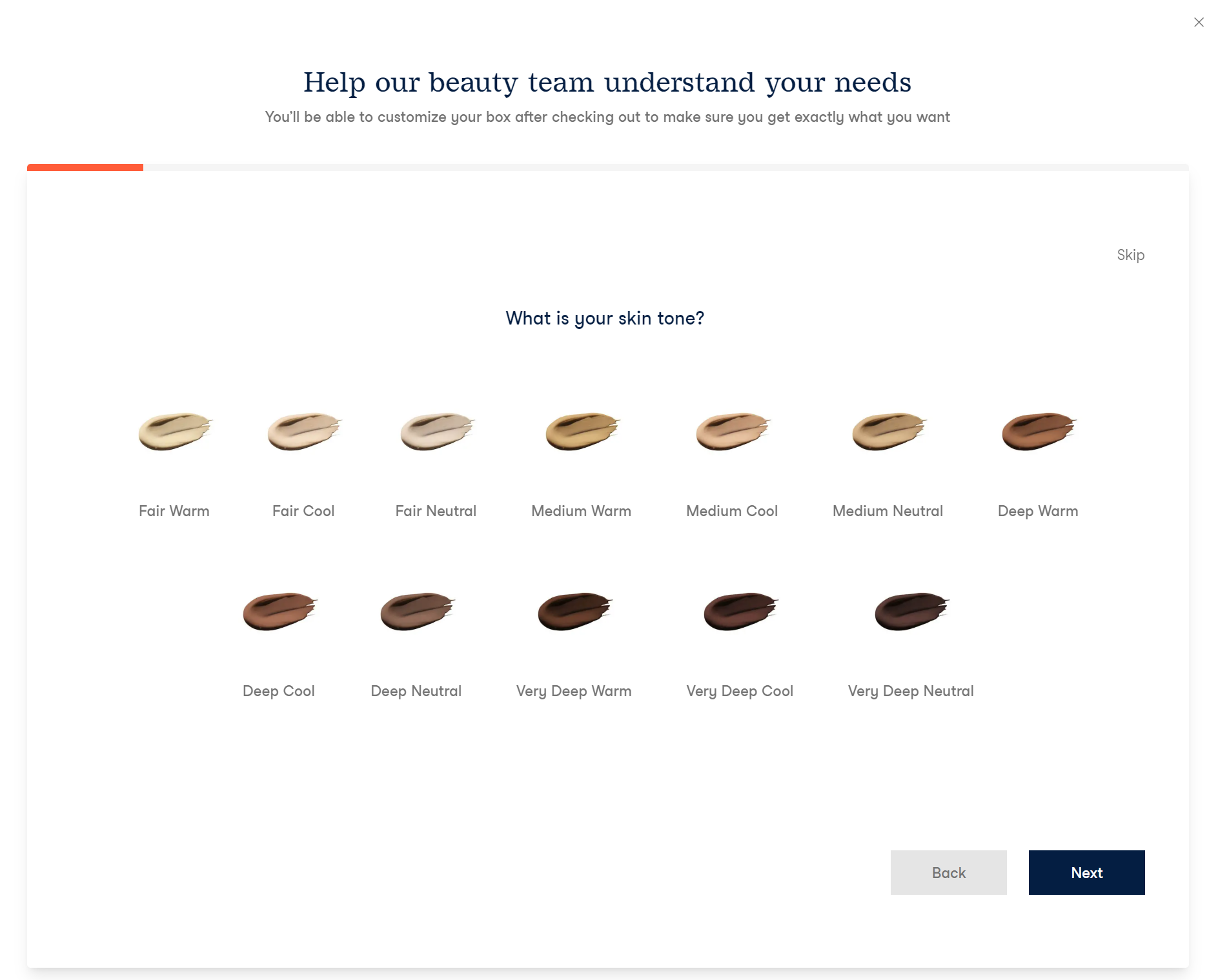
Customers can also select from three subscription tiers:
- Monthly memberships
- Rebillable three-month subscriptions (prepaid)
- Rebillable 12-month subscriptions (prepaid)
Each subscription box ships monthly, with its 12-month tier offering the lowest prices in return for one year of recurring revenue.
2. Reel
Reel sells eco-friendly bamboo toilet paper (among other paper products) with subscribe & save options on its product pages:
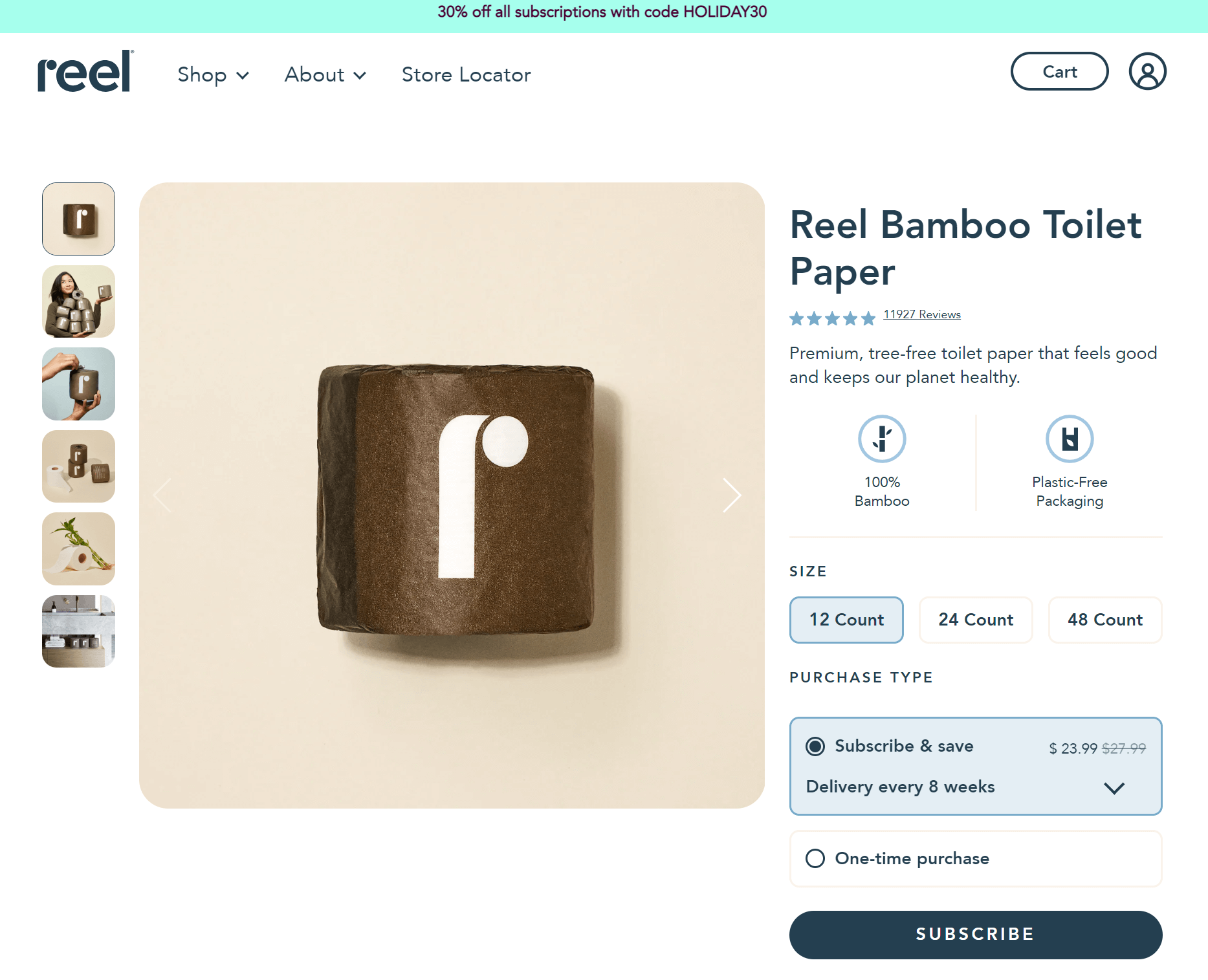
It sets delivery timelines to match the product, with the product above delivered every eight weeks, regardless of quantity choice. Its subscription boxes include plastic-free packaging and are fully branded, as shown in the image below:
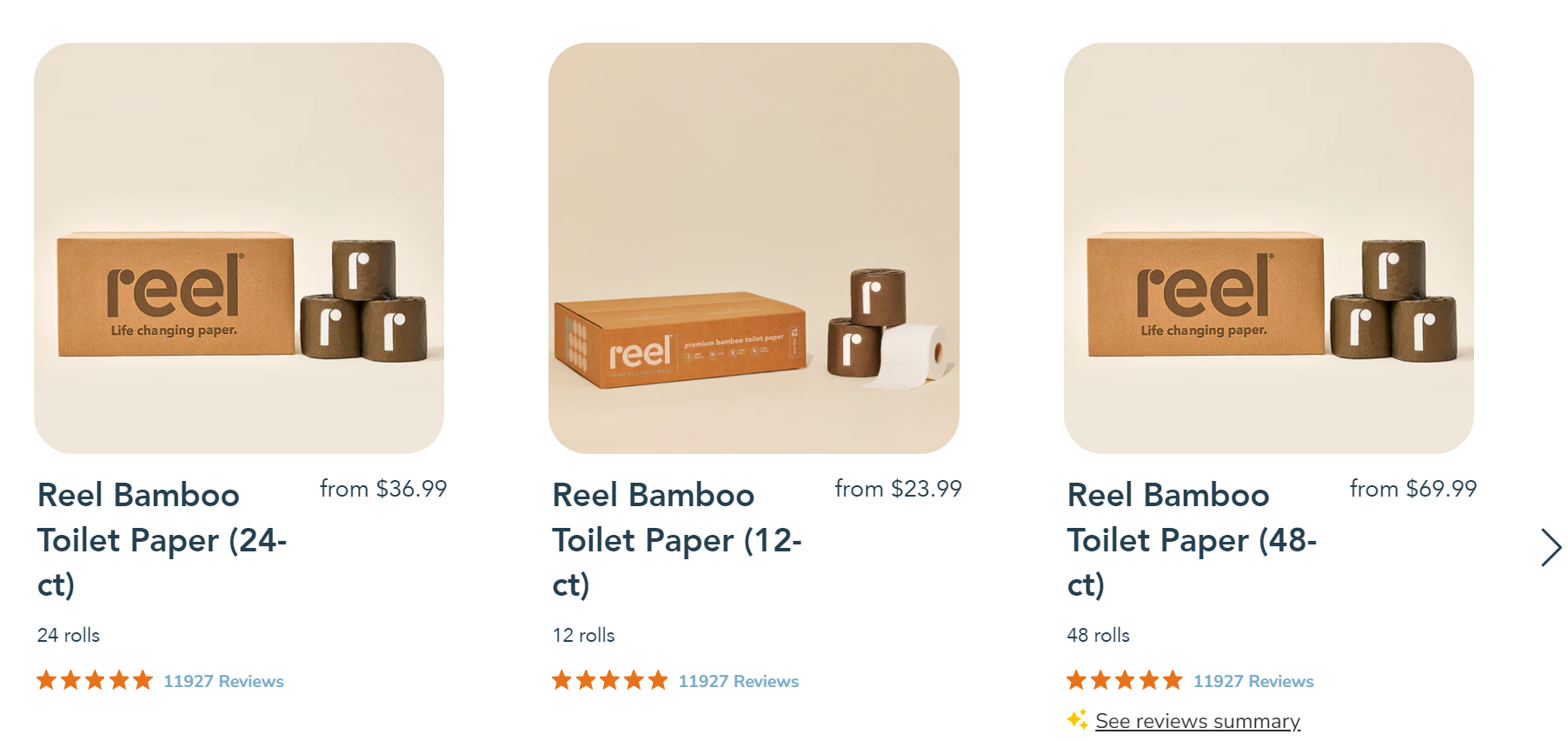
3. Bokksu

Bokksu sells the Bokksu Snack Box, a subscription box containing Japanese snacks, candies, and teas sourced from across the country.
It only offers subscriptions (no one-time purchases) and offers tiered subscription plans with savings for longer-term customers:
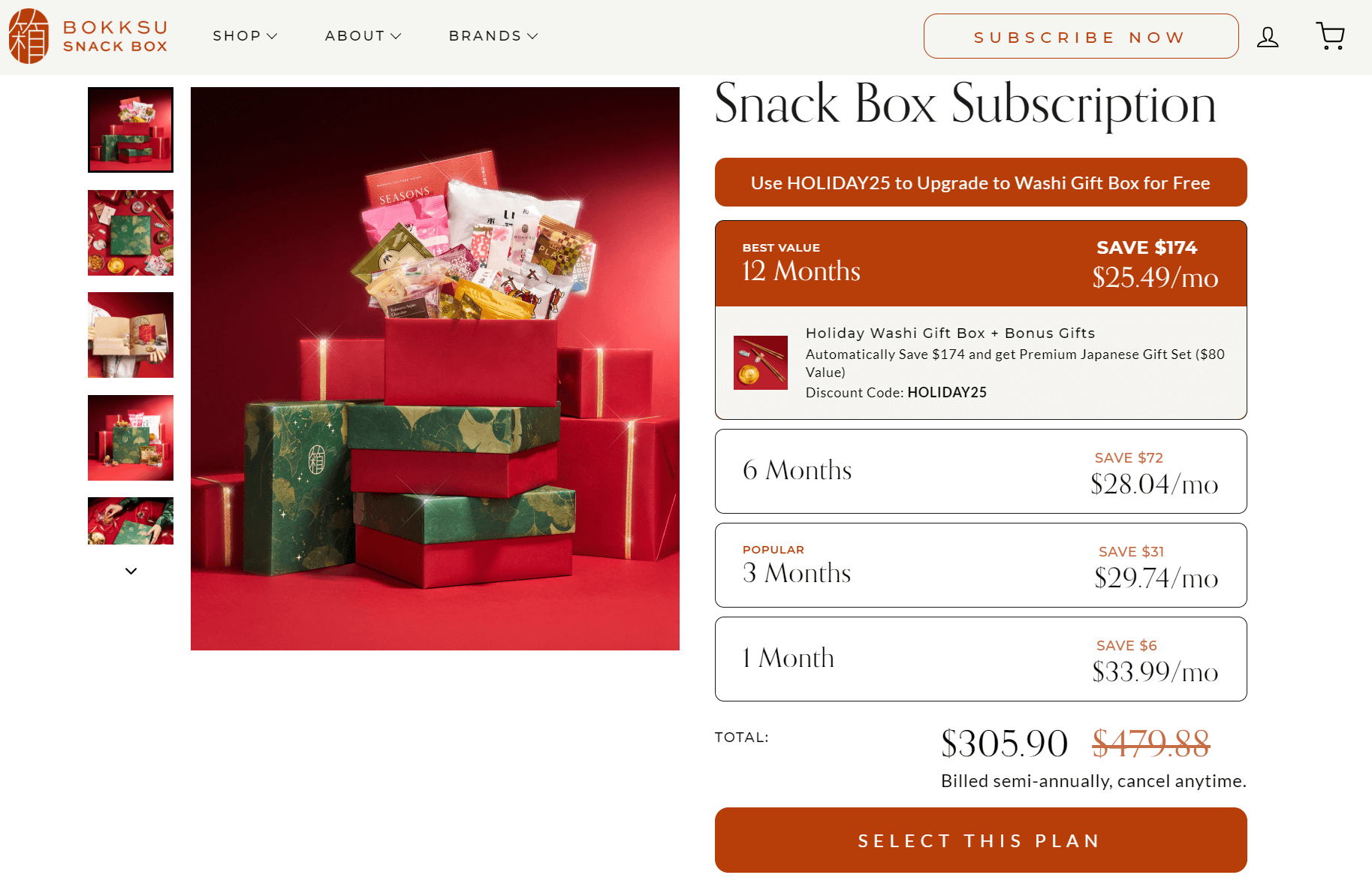
After selecting a plan, the website upsells gift packaging on the cart page and then again at checkout. The checkout also pre-applies Bokksu Protection+ for $6.75, which provides shipping protection and priority support.
4. Dollar Shave Club
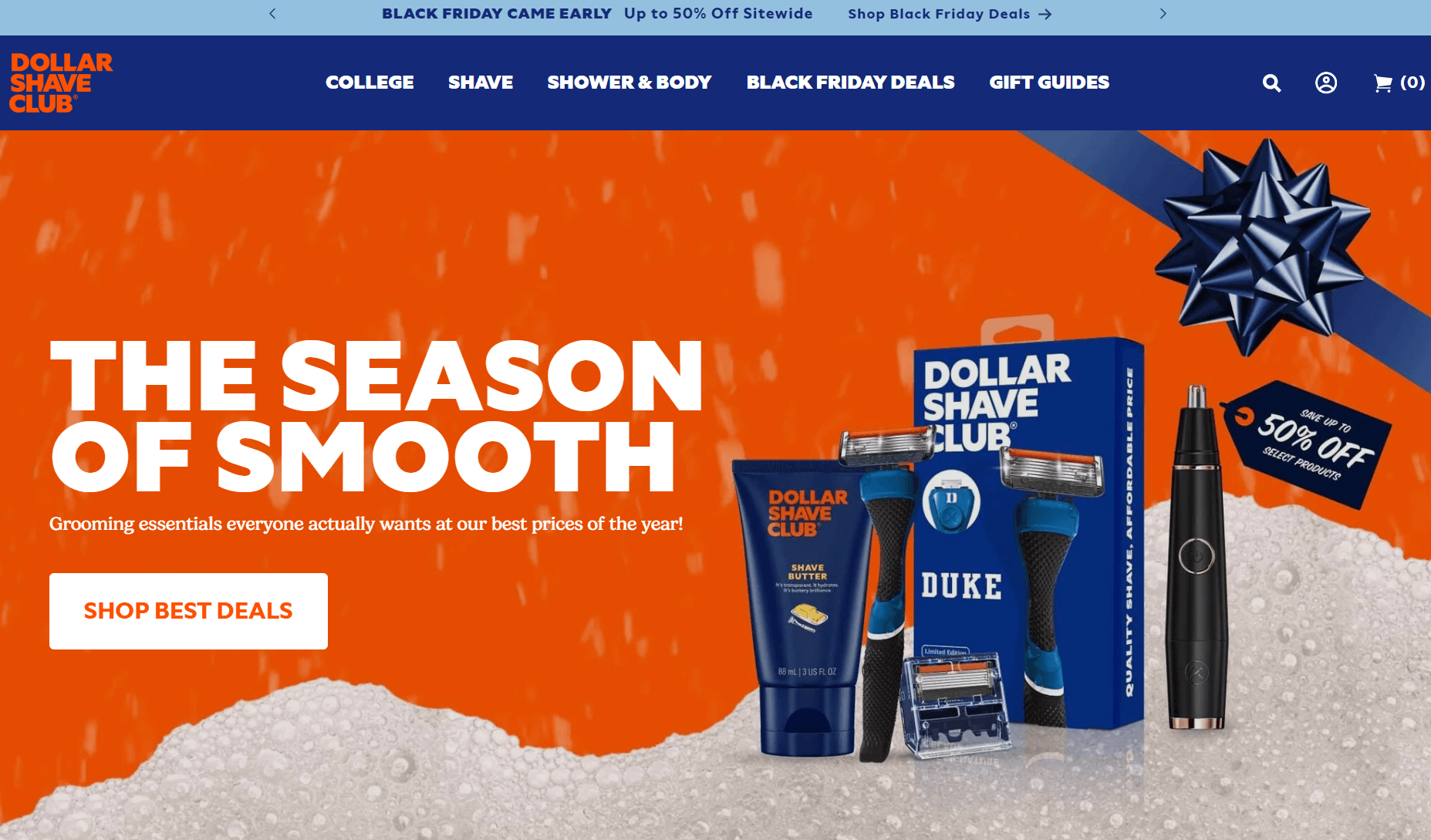
Dollar Shave Club offers one-time purchases and subscriptions for shaving, including standalone blades, shaving heads, grooming products, and more. Some of its boxes are curated, such as the examples below:
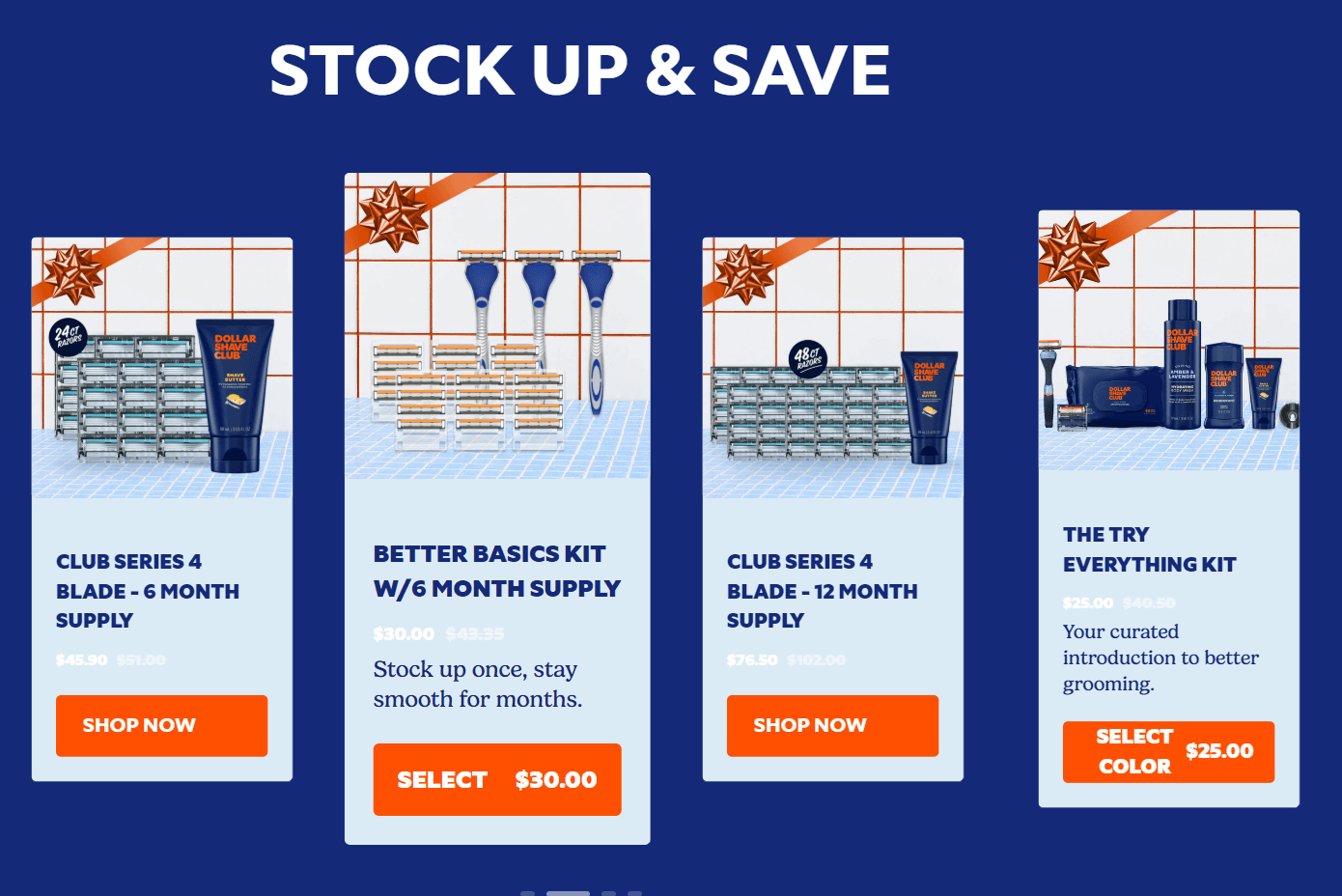
However, customers can also add products to a subscription while browsing the site to create a unique package, or subscribe to individual items, such as these razor blades:
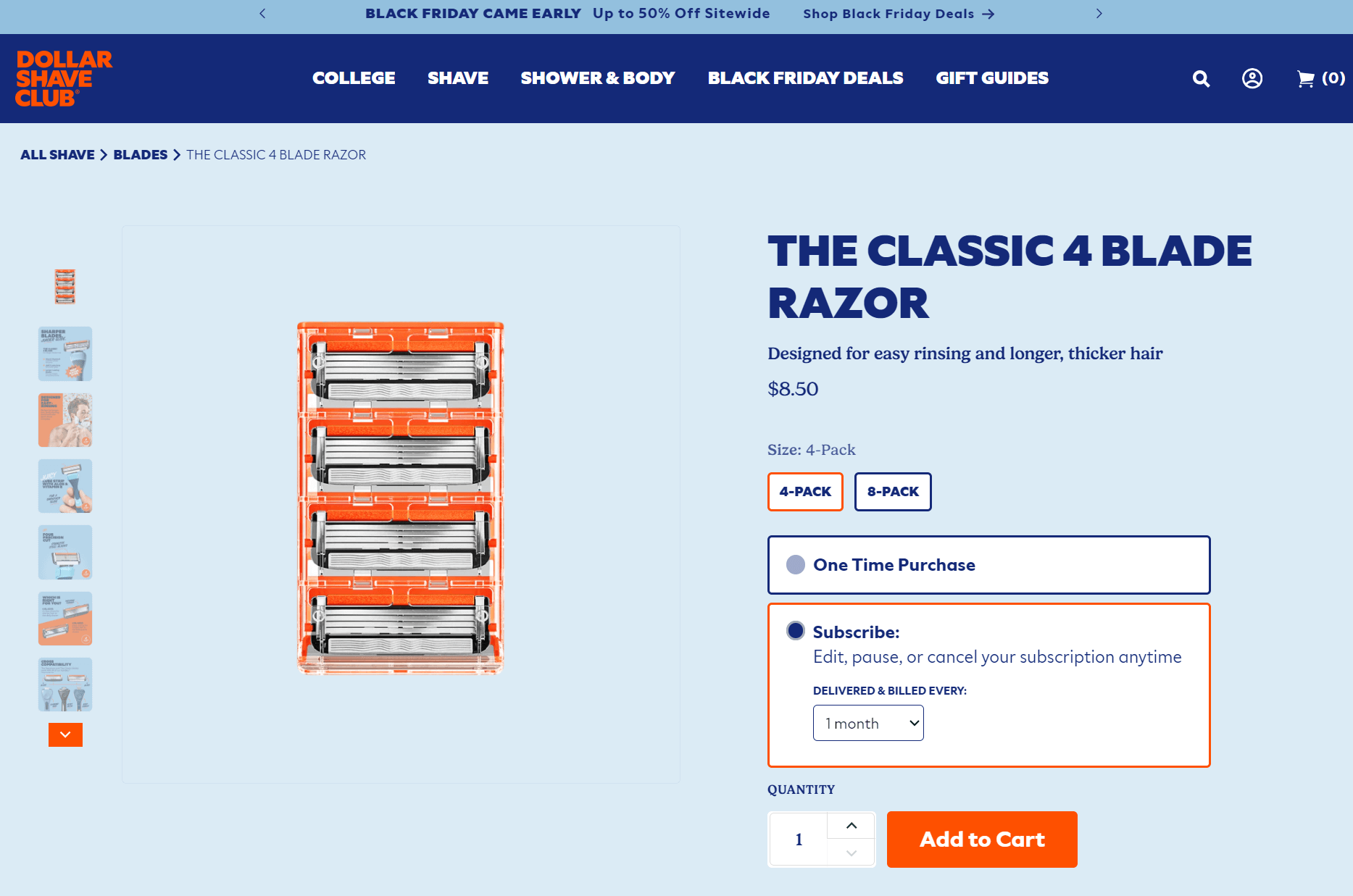
5. Cometeer

Coffee retailer Cometeer sells curated coffee boxes for different roast levels, including mixed, light, medium, dark, decaf, and half, with its standard subscription covering monthly deliveries:
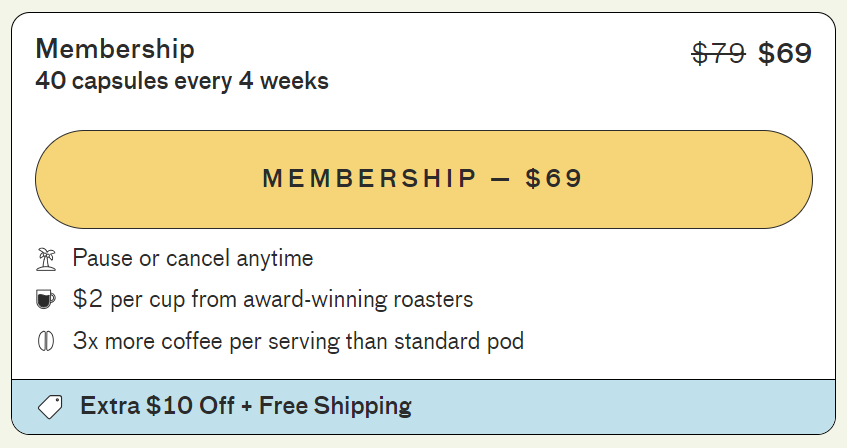
Additionally, Cometeer lets customers build their own box with unique product selections, or via a curated variety pack based on roast level, origin, and flavor profile:
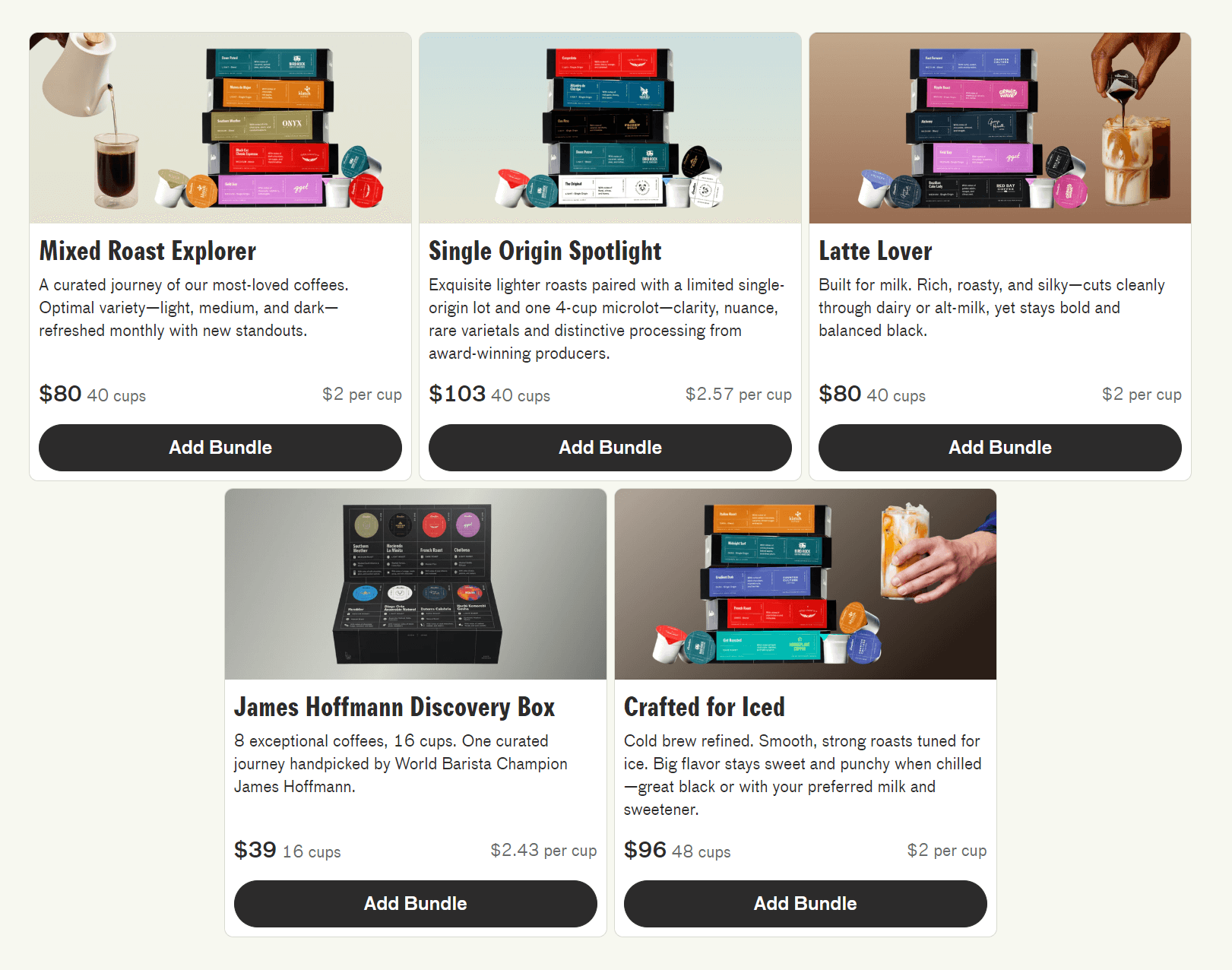
6. Finn
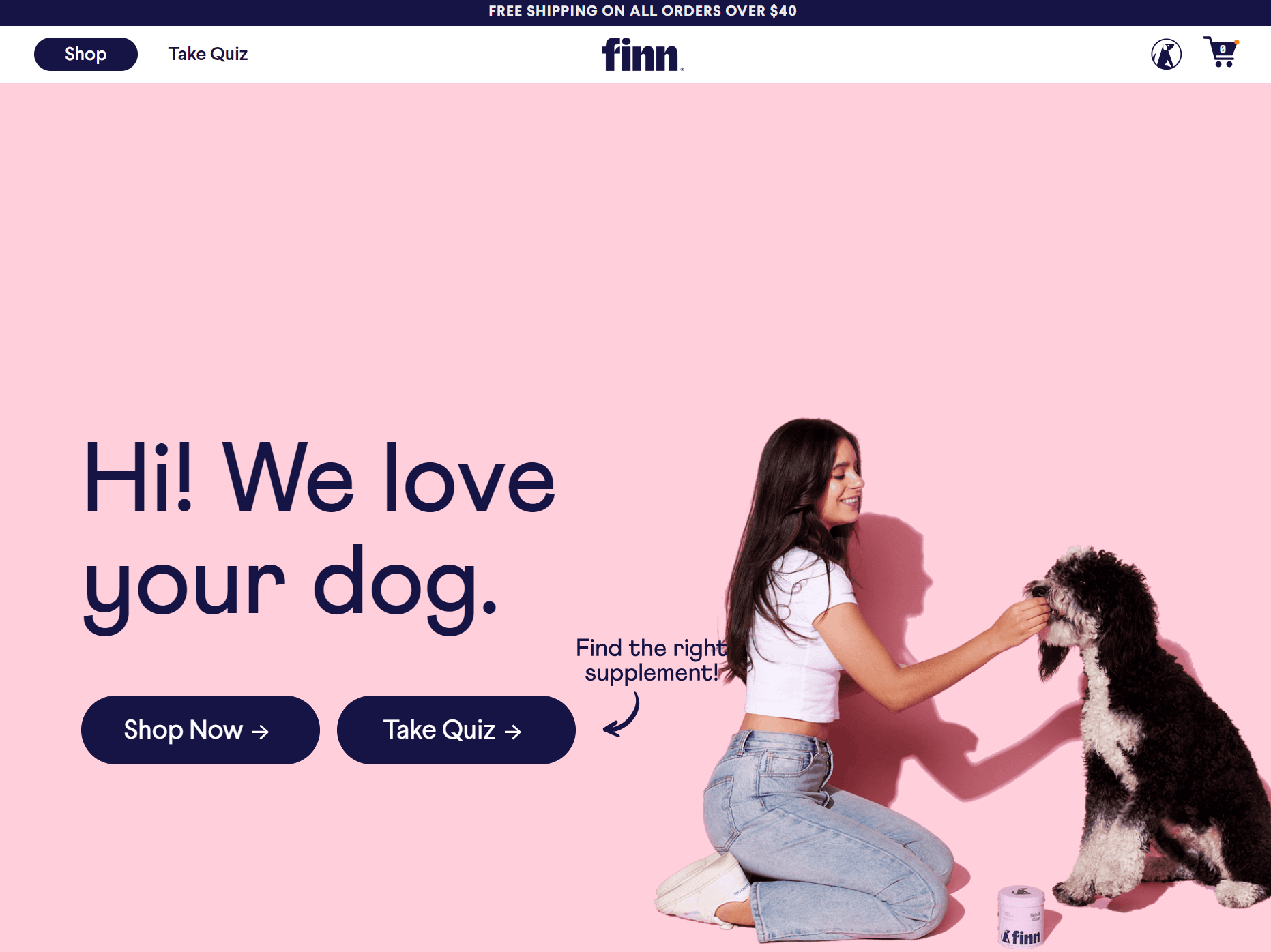
Pet supplement retailer Finn sells all its products with subscribe & save options, with each product customizable by dog size:

Customers can also purchase bundles, which are curated subscription boxes containing multiple products based on health themes, such as plaque, dry paws, stress, and coat health:

Our favorite feature on Finn’s site is the interactive quiz. It’s basically a signup form, because the first step asks for your name, last name, and email. Following the steps then provides a plan recommendation, such as the one below:
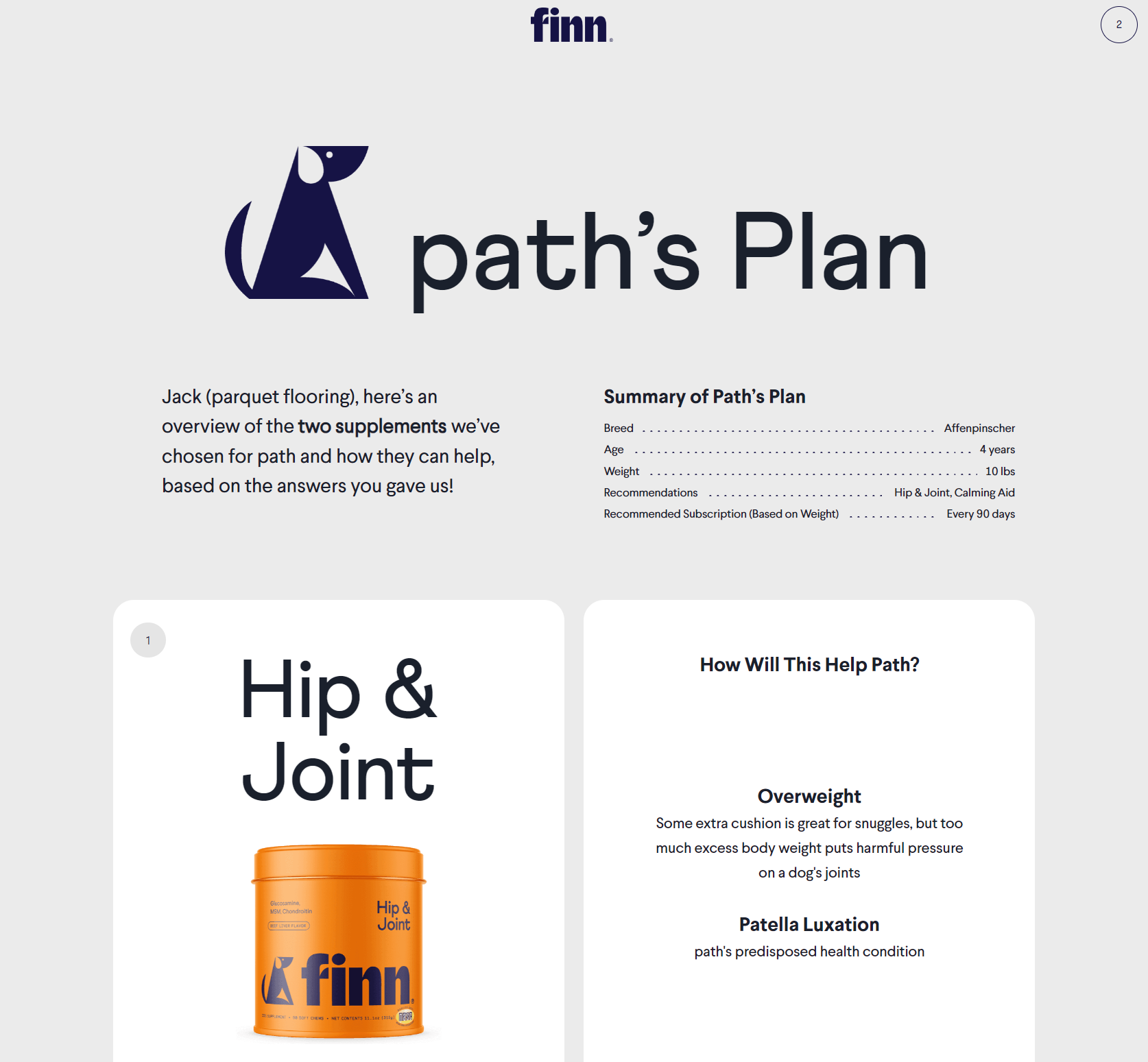
Ready to launch your Shopify subscription box?
Find a niche with demand and low competition. If it’s saturated, look for unique bundle opportunities, aftercare, and payment options to stand out.
Your next step is to sign up for Shopify if you haven’t already (the cheapest Basic plan will do), navigate its dashboard, check out its apps, and plan a tech stack that will create the subscription box experience you want for customers.
This will span marketing, sales, aftercare, and follow-ups, with each element in your business requiring a high-quality approach.
Omnisend is among the best Shopify email marketing apps for all stages of your growth. Its ready-to-go automations cover your customer journey, its pre-built segments guarantee the most appropriate targeting, and you can add SMS and push notifications into your email flows.
Quick sign up | No credit card required
FAQs about Shopify subscription boxes
No, regular Shopify plans work fine with subscription apps. Shopify Plus offers greater customization, but most businesses don’t need it to start or scale successfully.
Loop, Recharge, and Seal are solid options. Pick based on what matters to you, like customer portal quality, analytics, billing flexibility, and how well it integrates with your other tools.
Yes, most apps handle multiple tiers easily. You can set different price points, swap products between tiers, adjust delivery schedules, whatever makes sense for your business.
Consumables people burn through regularly, products with discovery appeal, stuff needing frequent replacement, and goods with dedicated niche audiences.
TABLE OF CONTENTS
TABLE OF CONTENTS


No fluff, no spam, no corporate filler. Just a friendly letter, twice a month.

 OFFER
OFFER








